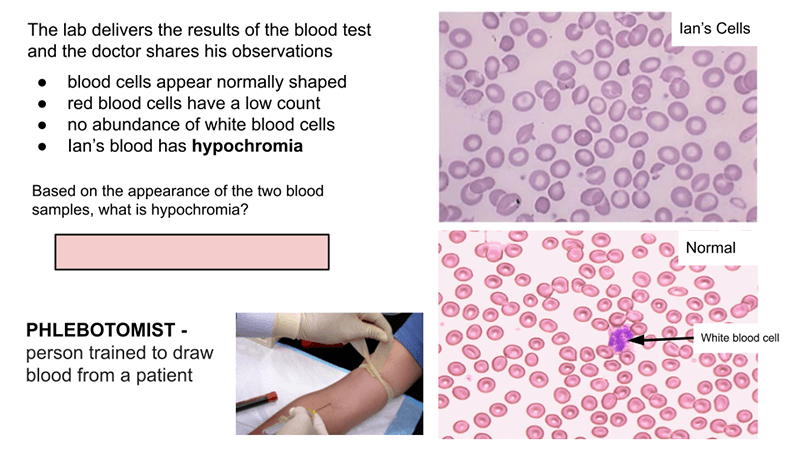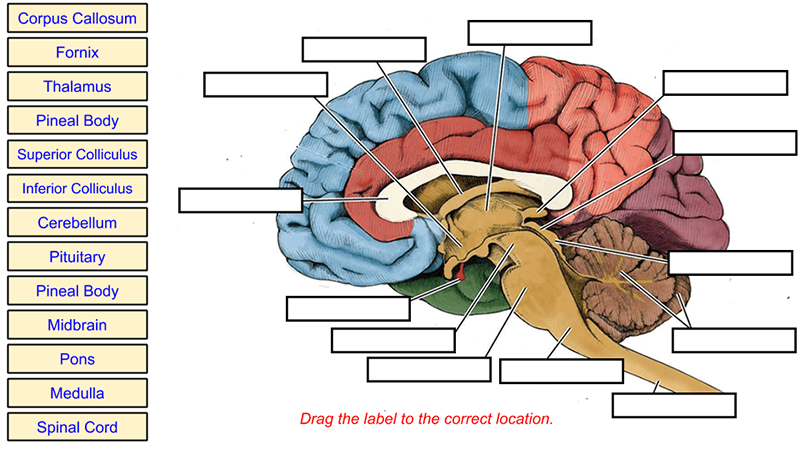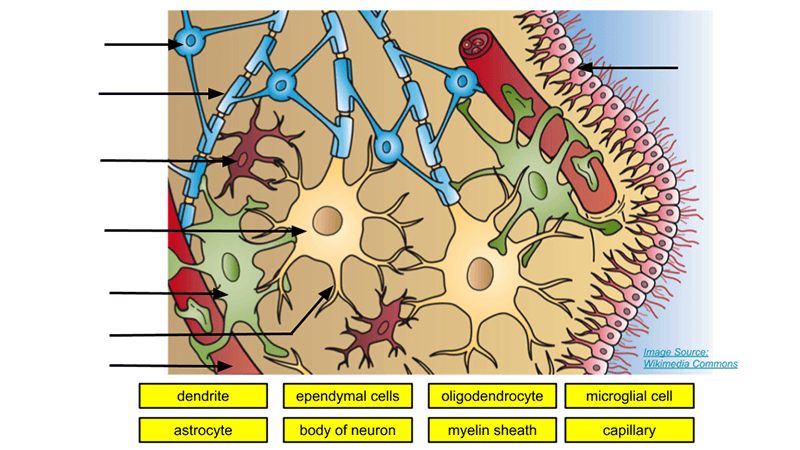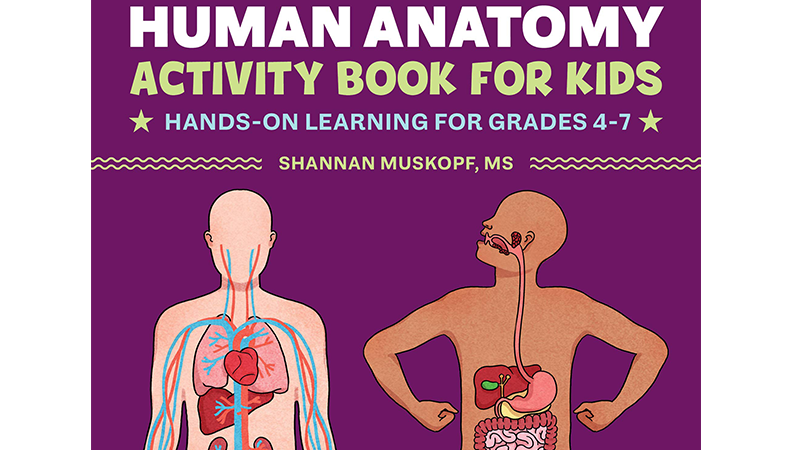Search results for: “system”
-
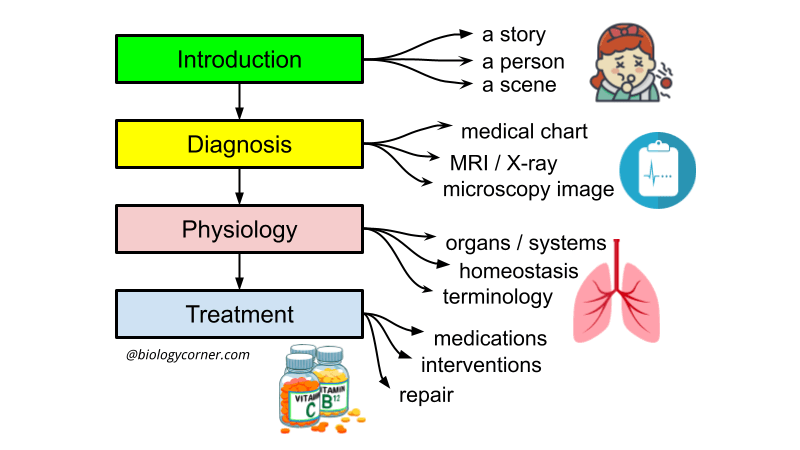
Student Designed Case Studies for Anatomy
Anatomy project where students create their own case study focusing on a disease of their choice. Template included with list of possible topics.
-

Frog Dissection – Virtual for Remote Learners
Students usually end the comparative anatomy unit with a dissection of a frog specimen. Though some schools have decided to opt out of this project, it remains one of the most remembered activities of the school year. I can understand why this project may seem like a relic, but it is still in our curriculum.…
-
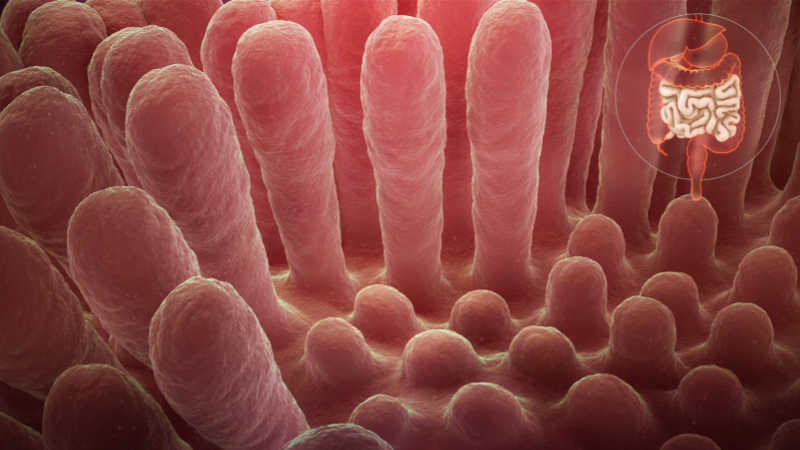
Case Study – Celiac Disease and Digestion
Case study explores the role of villi in the digestive system as student learn how gluten triggers the immune system in people with celiac disease.
-
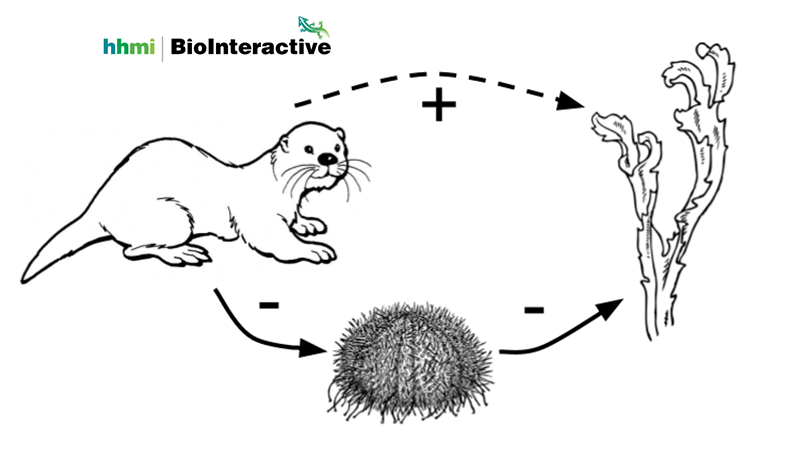
Trophic Cascades at Biointeractive
This worksheet is designed for the Interactive Activity on Trophic Cascades at HHMI Biointeractive . Students learn how the loss or addition of a species, like a fox, can affect other organisms in the system. Students complete the worksheet by answering questions as they explore the interactive activity. The activity illustrates a trophic cascade in…
-
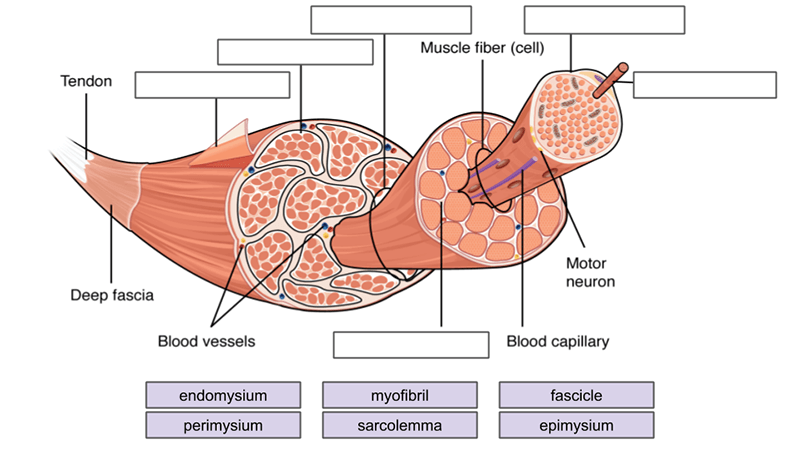
Muscles Labeling
This activity is aligned to my anatomy and physiology curriculum where students study the structure and function of muscle tissues. This has been a challenging topic to cover remotely because I can’t use traditional models. Typically, I would use straws and rubber bands to model fascicles and myofibrils. This activity is part of a unit…
-
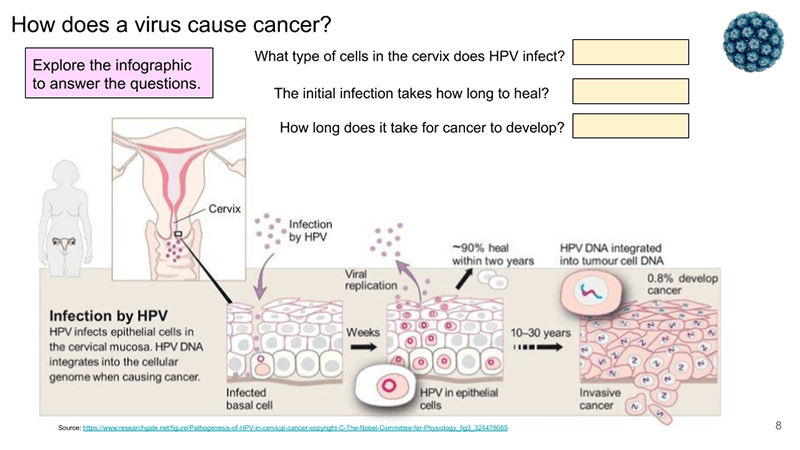
Case Study – Mitosis, Cancer, and the HPV Vaccine
Students in my anatomy class get a quick review of the cell and mitosis. This activity on HPV shows how the cell cycle relates to overall health. In fact, many of the chapters in anatomy have anchoring phenomena on diseases and health. For example, cystic fibrosis is a cellular transport problem, but has serious effects…
-
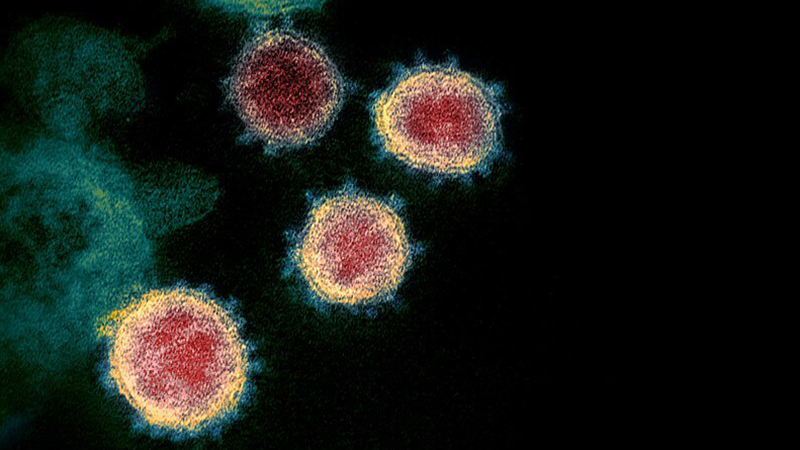
Vaccines: Nasal or Shot?
Students read a short article about nasal vaccines and intramuscular vaccines with a focus on the development of a vaccine for coronavirus. Students can listen to or read the article on NPR: Shots about how a nasal vaccine might be more effective in preventing the spread of coronavirus. You can play the podcast version in…
-
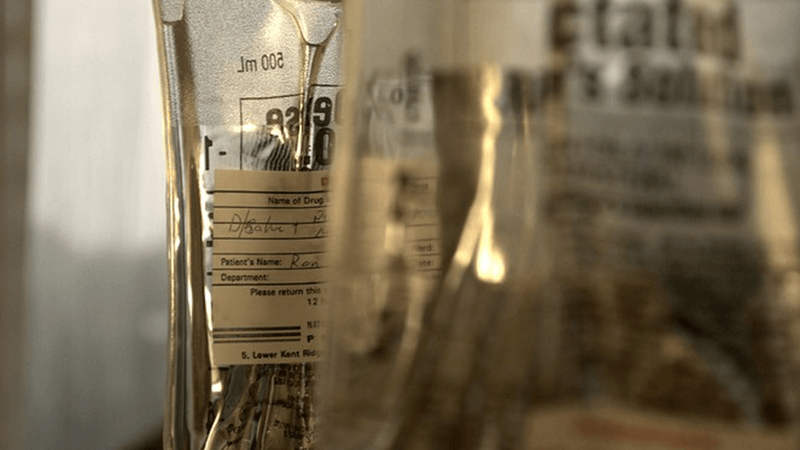
Medical Errors – Don’t Use Pure Water Intravenously
I created this mini case study from a story about a patient given sterile water instead of saline in an intravenous drip solution. Students should probably have a learned about tonicity (hypertonic, hypotonic, and isotonic) before attempting this activity. The worksheet describes a scenario where a patient was hyperglycemic and the doctor ordered water be…
-

Case Study – Gluten
This case study was created for distance learning and is a short exploration of how celiac disease affects the digestive system. This is not a long case, and should probably only take 20-30 minutes to complete. I plan to use it with breakout groups working together over Zoom or Google Classroom. The activity is presented…
-

My Remote Toolbox
My school announced that the fall school year will start as remote learning due to wide scale community spread of Covid-19. I would much rather teach and person, but I do understand the concerns of parents, teachers, staff, and other community stakeholders. Note: Many of the activities I created for remote learning I still use…
-

Jim Allison: Breakthrough
The film, “Jim Allison: Breakthrough” can be streamed through online platforms, like PBS or from Amazon Prime Video. Teachers can sign up for a free license at https://www.breakthroughdoc.com/for-educators The film is 1 1/2 hours long, which is longer than most class periods, and many teen attention spans, so I split the worksheet into two halves.…


